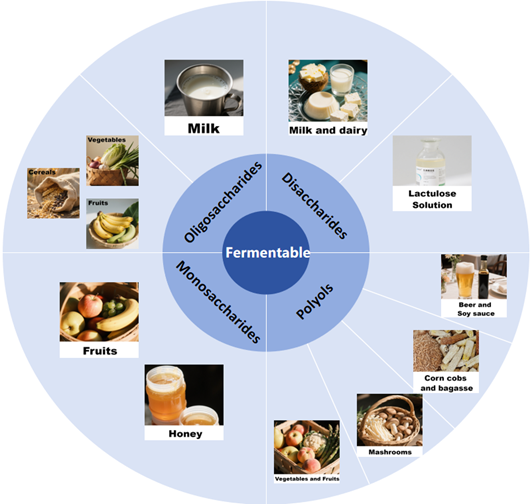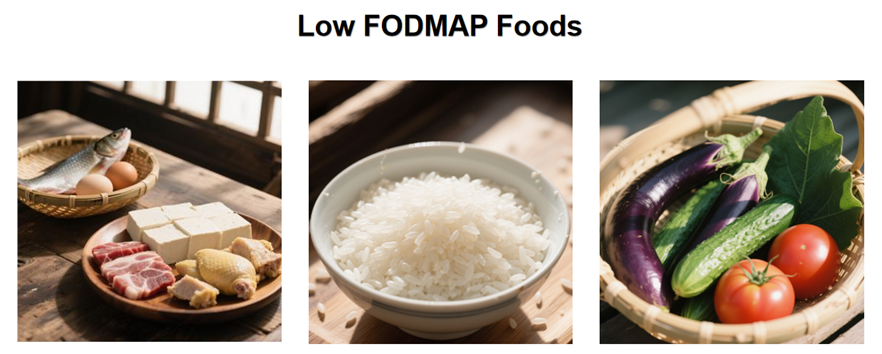If you've been struggling with digestive issues like bloating, abdominal pain, or irregular bowel movements, you may have heard of the low FODMAP diet. This dietary approach has gained popularity among patients with irritable bowel syndrome (IBS) and other gastrointestinal disorders.
What is the FODMAP?
FODMAP stands for Fermentable Oligosaccharides, Disaccharides, Monosaccharides, and Polyols. These are a group of short-chain carbohydrates that are poorly absorbed in the small intestine. When these carbohydrates reach the large intestine, they are rapidly fermented by gut bacteria, producing gas and potentially causing digestive discomfort.

Low-FODMAP Diet
The low FODMAP diet is designed to reduce the intake of foods high in these fermentable carbohydrates, helping to alleviate symptoms in individuals with sensitive digestive systems.
Low-FODMAP Foods includes:
· Proteins: Meat, poultry, fish, eggs, and tofu
· Grains: Rice, quinoa, and gluten-free oats
· Vegetables: Eggplant, cucumber and tomato

Low FODMAP Diet and SIBO Management
The low FODMAP diet plays a crucial role in SIBO management. By reducing the intake of high FODMAP foods, it limits the fuel available for the overgrown bacteria in the small intestine. This reduction in fermentable carbohydrates helps to decrease gas production and alleviate symptoms associated with SIBO.
However, it's important to note that the low FODMAP diet is often used in conjunction with other treatments for SIBO, such as antibiotic therapy or herbal antimicrobials, which target the overgrown bacteria directly.
Tips:
In preparation for breath test, Low-FODMAP is required to follow (the diet) the day before testing.
Remember: Always consult your doctor or dietitian before starting the diet to rule out other conditions (e.g., celiac disease) and ensure it's right for you.


